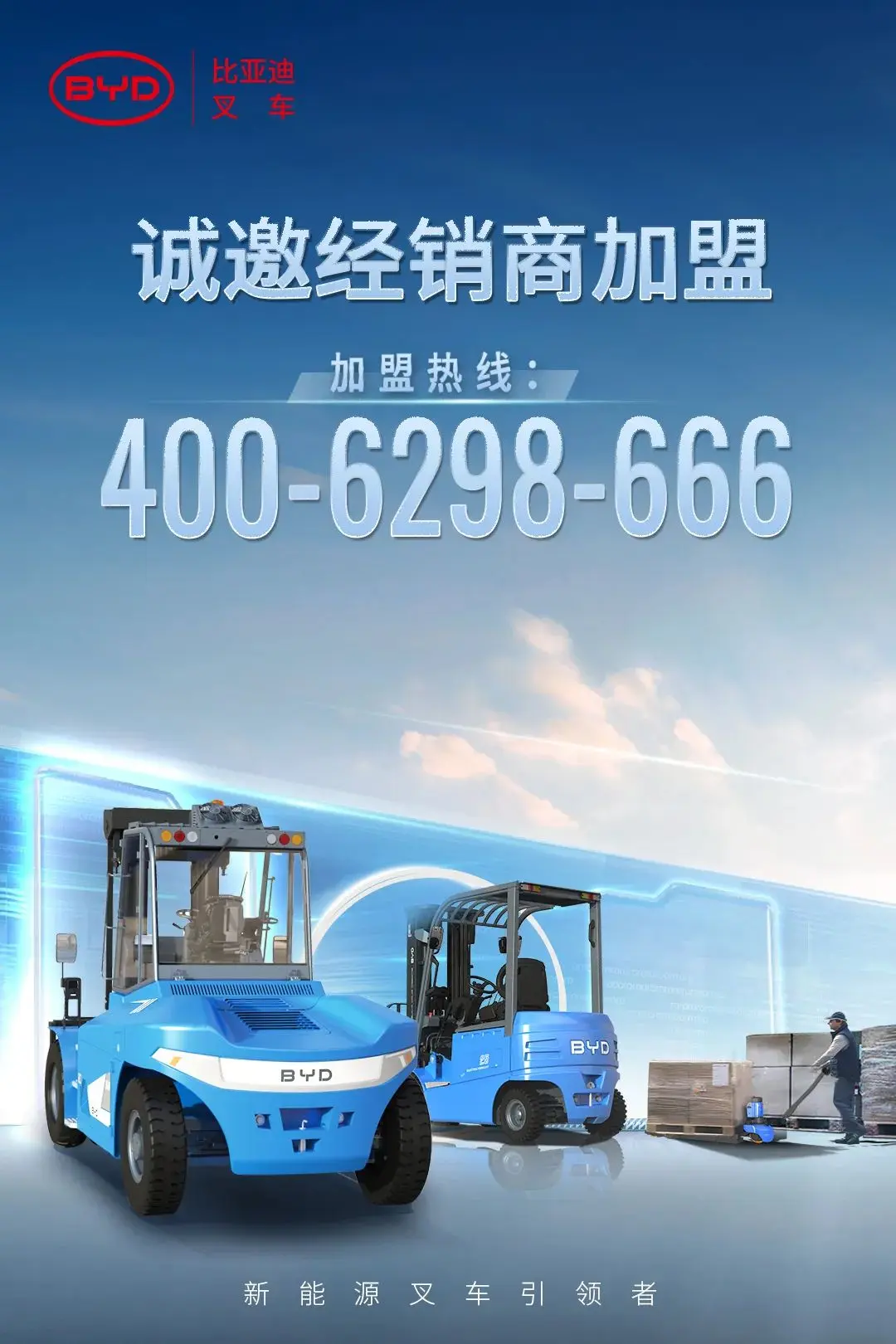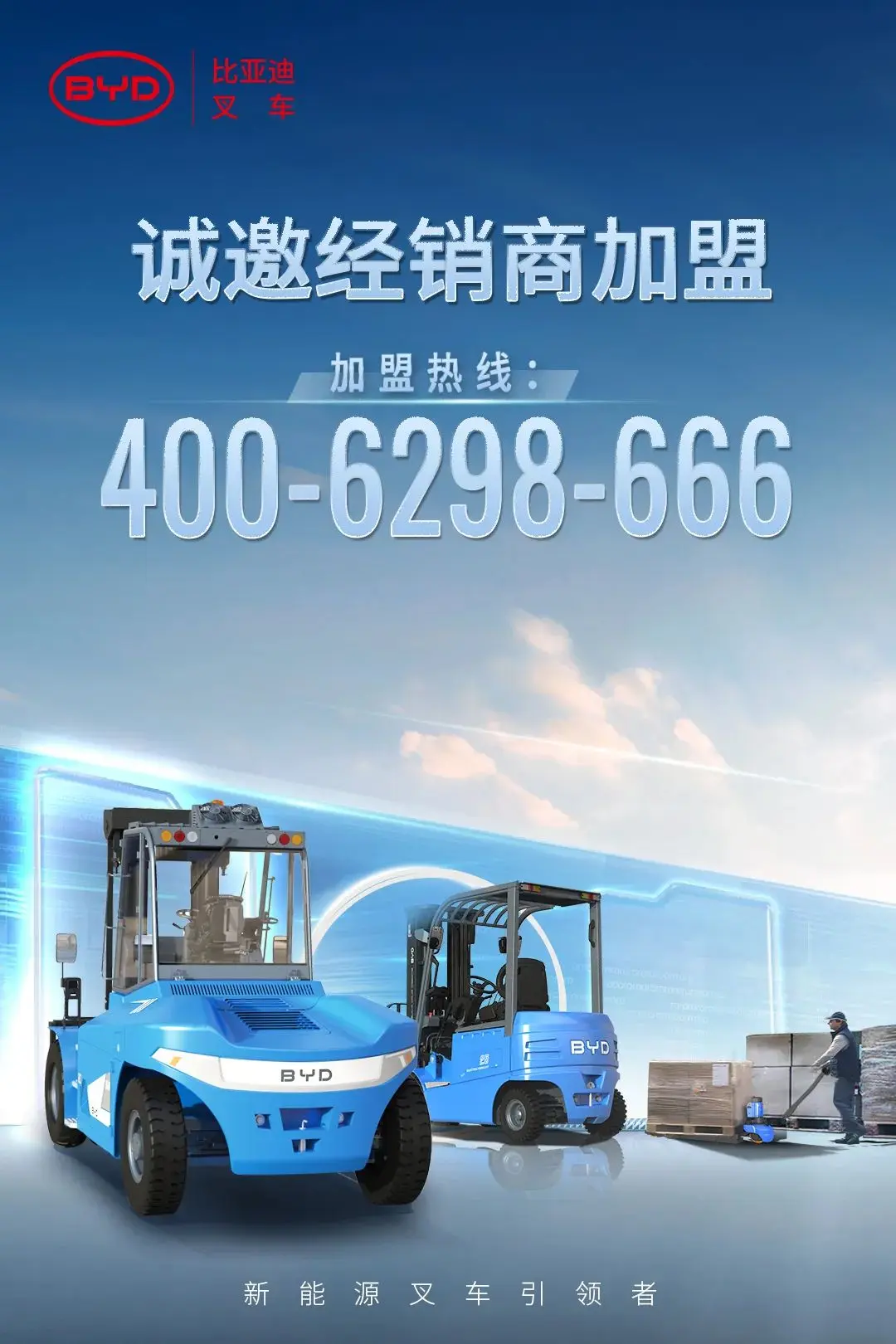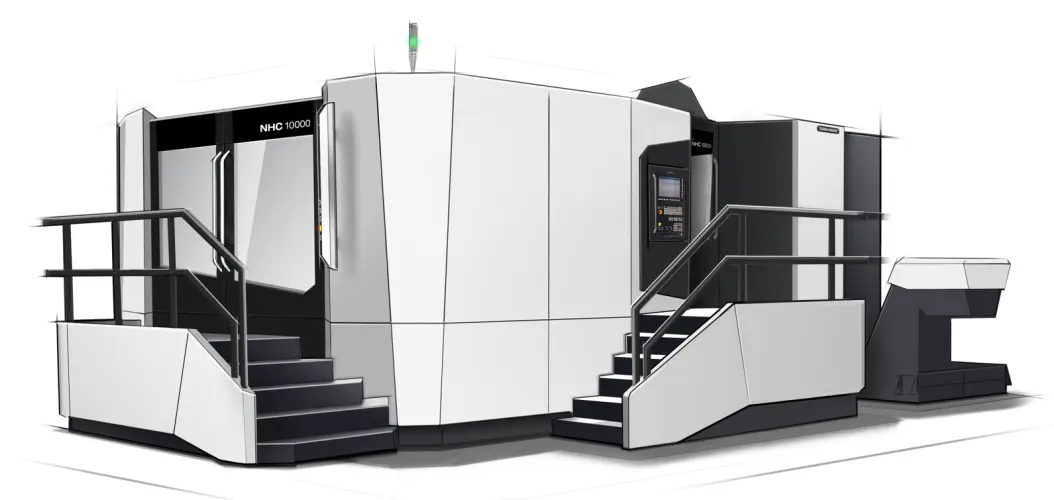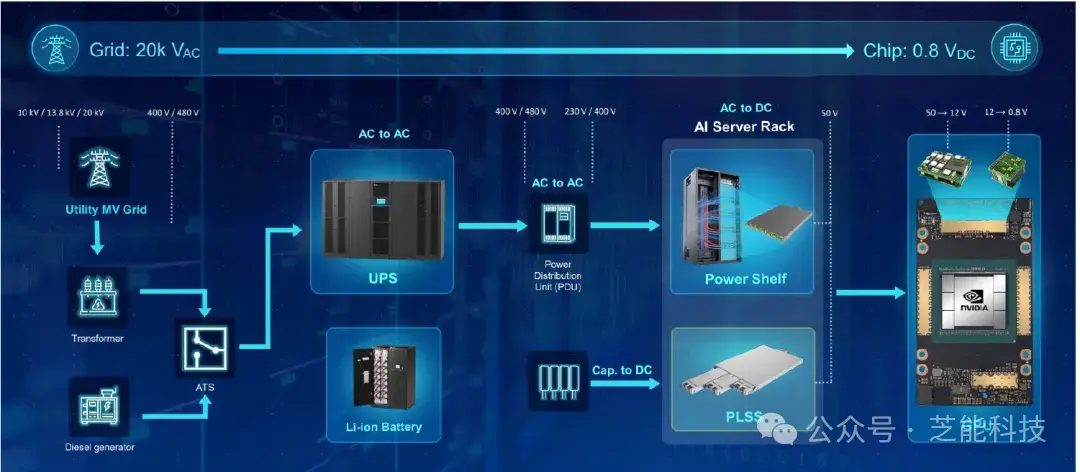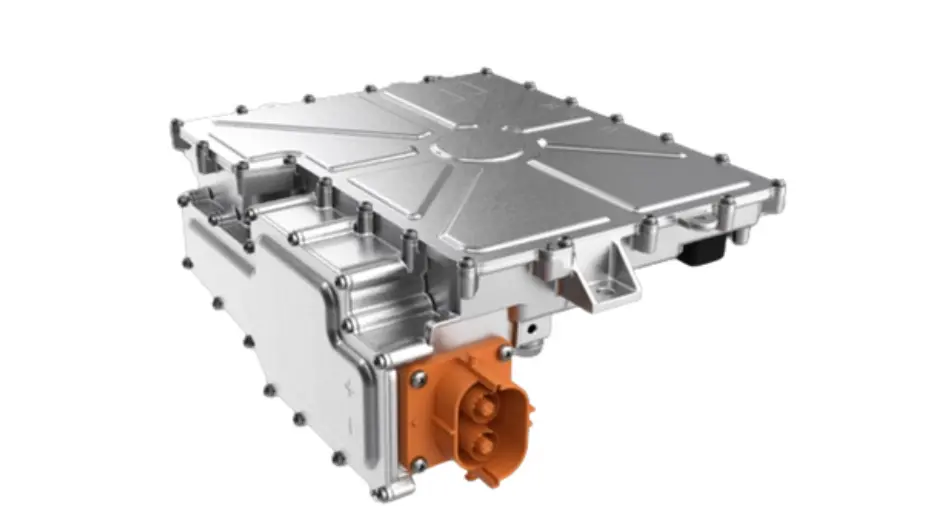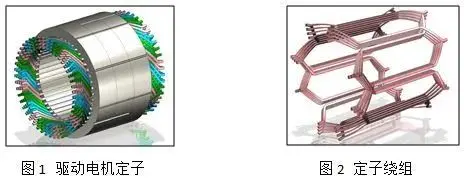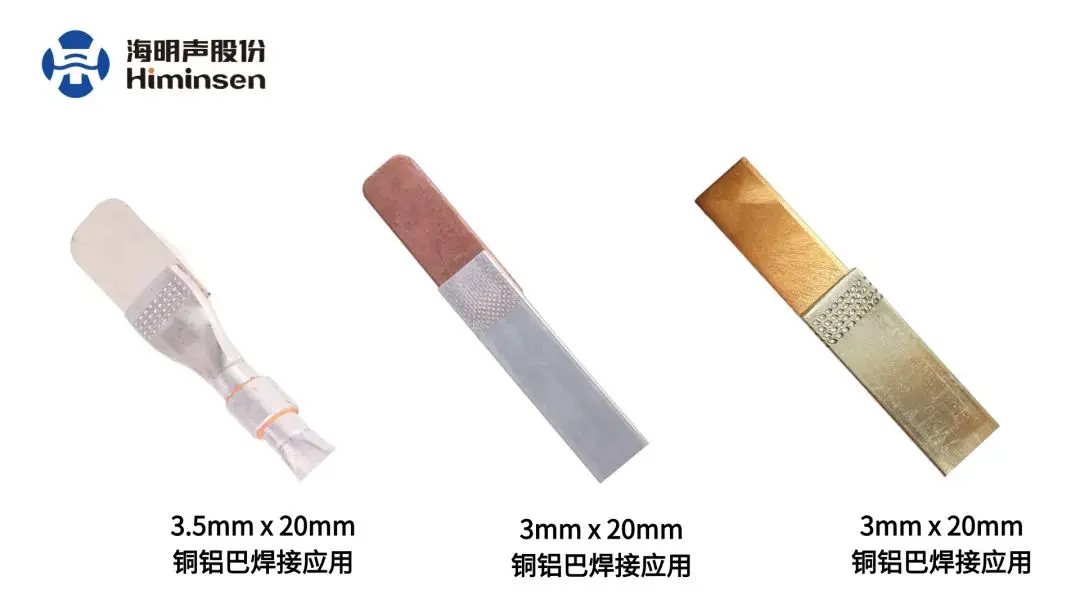应用代码思维将物联网应用在汽车设计中
2018-05-25 17:19:07· 来源:洞云书屋
(注:本文是译文,original text white paper of Congnizant)The deeper meshing of virtual and physical machines offers the potential to truly transform the manufacturing value chain, from suppliers through customers, and a
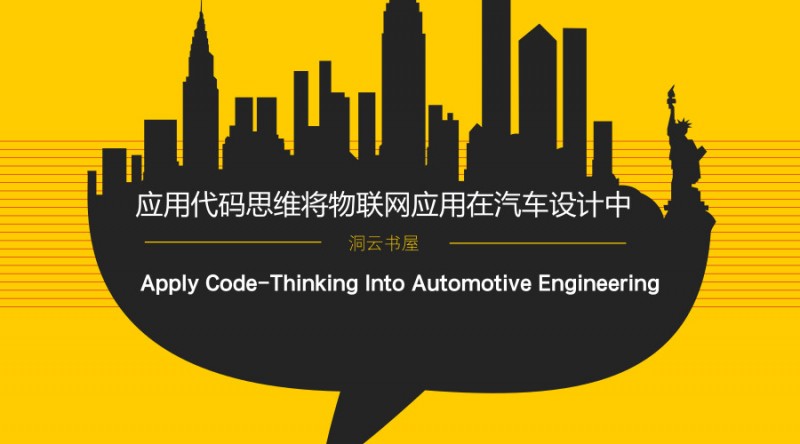
(注:本文是译文,original text white paper of Congnizant)
The deeper meshing of virtual and physical machines offers the potential to truly transform the manufacturing value chain, from suppliers through customers, and at every touchpoint along the way.
虚拟机和物理机的更深层次的网格化提供了真正的制造价值链潜力,从供应商到客户,以及每一个接触点上。
Connected devices made possible by the Internet of Things (IoT) are here to stay – and the trend will only grow. As such, IoT presents unprecedented opportunities across industry sectors and processes. Leaders are already investing in IoT solutions — and are reaping benefits.
通过物联网(IoT)使连接设备成为可能,并且这种趋势只会增长。因此,物联网在工业部门和过程中呈现前所未有的机遇。领导者们已经投资于物联网解决方案,并正在获得好处。
Logistics companies and manufacturers in the automotive space and beyond are implementing IoT concepts to create automated and seamless transactions. Designing new business models that support IoT-enabled capabilities requires companies to take a multi-pronged approach, starting with a business model and use case to bring a multitude of technologies together. To automate transactions with IoT, businesses need to deploy sensors, communicate with multiple devices and implant advanced analytics to distill actionable insights. Accomplishing all of this requires a different approach, one that embraces design thinking.
在汽车领域和其他领域的物流公司和制造商正在实施IOT概念来创建自动化和无缝的交易。设计新的支持IoT能力的业务模型需要企业采取多方面的方法,从业务模型和用例开始,将多种技术结合在一起。为了自动化与物联网的交易,企业需要部署传感器,与多个设备通信,并植入先进的分析来获得可操作的洞察力。完成这一切需要一种不同的方法,一种集成设计思维。
The IoT represents a scenario in which every object or “thing” is embedded with a sensor and is capable of automatically communicating its state with other objects and automated systems within the environment. Each object represents a node in a virtual network, continuously transmitting a large volume of data about itself and its surroundings — we call these digital footprints a “Code HaloTM.”2 Products built with this capability are often referred to as the new breed of connected products.
IOT代表一种场景,其中每个对象或“事物”都嵌入了传感器,并且能够自动地将其状态与环境中的其他对象和自动化系统通信。每个对象代表一个虚拟网络中的一个节点,不断地传送关于自身及其周围环境的大量数据——我们称这些数字脚印为“Code HaloTM”。具有这种能力的产品通常被称为新的连接产品。
The IoT can include a person with a heart monitor implant that continuously monitors the patient’s health and alerts care providers in case of an emergency. Other examples include an automobile with built-in sensors that send an alert to the owner’s mobile phone when tire pressure is low, precision farming equipment that can adjust the way each part of the field is farmed, or a home automation system that adjusts cooling and lighting based on the level of activity sensed.3
IOT可以包括具有心脏监护仪植入物的人,该监护仪持续监测患者的健康并在紧急情况下通知护理提供者。其他的例子包括一个内置传感器的汽车,当轮胎气压低时,可以向车主的手机发出警报,可以调整农田每一部分的精确耕作设备,或者基于Lev调节制冷和照明的家庭自动化系统。
How IoT Enables Informed Manufacturing
物联网如何实现信息化制造
An informed manufacturing organization contains four elements: informed products, processes, people and infrastructure. These essential elements of manufacturing are converging like never before, creating a more automated, intelligent and streamlined manufacturing process.
一个制造组织包含四个要素:产品、过程、人员和基础设施。MAU制造的这些基本要素是前所未有的聚合,创造了一个更加自动化、智能化和流线型的制造过程。
Products: Advanced sensors, controls and software applications work together to obtain and share real-time information as finished goods make their way down the production line.
产品:先进的传感器,控制和软件应用共同工作,以获得和分享成品进入生产线方式的实时信息。
People: By connecting people across all business functions and geographies, and providing them with relevant information in real-time, “informed people” will provide intelligent design, operations and maintenance, as well as higher quality service and safety.
人:通过连接所有人的业务功能和地理位置,并实时提供相关信息,“人”将提供智能设计、操作和维护,以及更高质量的服务和安全。
Processes: By emphasizing bidirectional information-sharing across the global manufacturing value chain — from supplier to customer — informed processes lead to a flexible and adaptable supply chain.
过程:通过强调跨全球制造价值链的双向信息共享——从供应商到客户-过程导致柔性和适应性的供应链。
Infrastructure: Using smart infrastructure components that interface with mo-bile devices, products and people, informed infrastructure will better manage complexities and enable more efficient manufacturing of goods.
基础设施:使用与基础设备、产品和人员相连接的智能基础设施组件,基础设施将更好地管理复杂性并使产品更有效地制造。
举报 0
收藏 0
分享 118
-
柯马签订具有约束力的协议收购 Automha
2025-04-17 -
高效协同新范式:比亚迪叉车领创智能搬运革新
2025-04-17 -
高歌猛进,奔赴“双碳”——比亚迪叉车助力轮胎
2025-04-10 -
果栗智造磁悬浮技术赋能汽车制造:破解行业痛点
2025-04-03
编辑推荐
最新资讯
-
旭化成微电子开始批量生产用于环保发
2025-04-24 16:00
-
华为、地平线、大众、东风、起亚等引
2025-04-24 08:27
-
全球产业链聚沪 共探双碳新路径 SNEC
2025-04-18 18:05
-
柯马签订具有约束力的协议收购 Autom
2025-04-17 13:01
-
高效协同新范式:比亚迪叉车领创智能
2025-04-17 10:04



